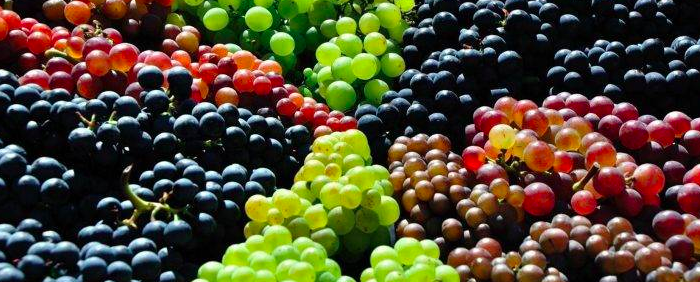
Grapes, watermelons, mandarins but also cucumbers and pickles … seedless fruits and vegetables are popular on stalls and in vegetable gardens. To meet this demand, the seed catalogs display, for example, varieties of tomatoes “fleshy and with very few seeds”. But how do you get these varieties and what is it for?
The seeds are actually seeds
A seed is the fruit of fertilization, so it is a seed. The absence of seeds is a dead end for evolution because there are no more descendants. However, during domestication, man selected varieties producing fruit without seeds, or with fewer seeds. Consumers benefit from it because there are fewer hard seeds in a fleshier fruit just like the producer thanks to the increase in yield. The metabolism of the plant focuses on the growth of the plant, not on its reproduction.
The absence of glitches can be natural
One of the rare cases of seedless oranges is seedless oranges. It is a spontaneous mutation discovered two hundred years ago that is the source of a seedless fruit. Citrus producers have continued to reproduce the process by transplanting a stem onto a rootstock, and thus preserve this characteristic from generation to generation.
Seedless cucumbers
Today, the majority of cucumbers consumed in France are seedless, and this corresponds to a particular cultivation method that has been well mastered since the 1950s. To develop seedless fruits, it is necessary to avoid any cross-breeding , that is that is to say, to avoid the pollen deposit coming from a male flower on female flowers of the same plant which would thus produce a seed. However, the cucumber generally has female and male flowers on the same foot. The strategy is therefore to select the plants cucumber with only female flowers and ensure fertilization with a few male flowers of another variety by pollinating insects. Result, with fertilization, a fruit is formed, but imperfectly, without seeds.
We wouldn’t eat bananas if …
Almost all animals have 2 copies of their chromosomes. Plants can have 2, 4 or even 6 (normally in even numbers). More rarely, we can meet plants that have 3, called triploid plants.
This peculiarity of triploid plants gives them both male and female sterility. Certain fruit species , naturally developing triploid varieties , have been empirically selected by humans for their absence of seeds. Thus, cultivated bananas, limes or even watermelons that we have been consuming for a very long time are triploid and do not have seeds in their fruits. Fortunately, because wild bananas are totally inedible, they have so many seeds.
These plants are sterile and can only be propagated vegetatively (cuttings, grafting, layering).
Methods to induce sterility
Researchers now have a detailed understanding of the genes involved in infertility, which may be due to one or more mutations. This sterility can appear spontaneously (example of orange trees or grapes), but can also be the fruit of human hands (crosses, in vitro cultures, modification of the genome, etc.). Remember, however, that in Europe, no fruit and vegetable consumed comes from transgenesis .
… And hormones to stop the formation of seeds
It is also possible to intervene on the plant at the time of fruit formation. For example, the technique for cultivating a seedless table grape is rather simple: a natural hormone – gibberllic acid – is applied to the vines, which prevents the formation of seeds. But you have to start over every year. On tomatoes it is possible to spray auxin (another natural hormone) to achieve the same result.
Should we deprive ourselves of seeds?
For bananas, yes, because it is this absence of seeds that made its consumption possible, with the development of the fleshy part, and made it one of the most consumed fruits.
At a time when the natural is so popular, this mode of “seedless” can question. Why deprive yourself of seeds when they are rather small and do not interfere with the consumption of the food? The absence of seeds also deprives it of its nutritional benefits, such as polyphenols, vitamin E, essential fatty acids … which, in their own way, contribute to our nutrition.
But whatever the case, there is something for everyone! If fruit and vegetables are so successful, it is because they have been able to meet a demand.